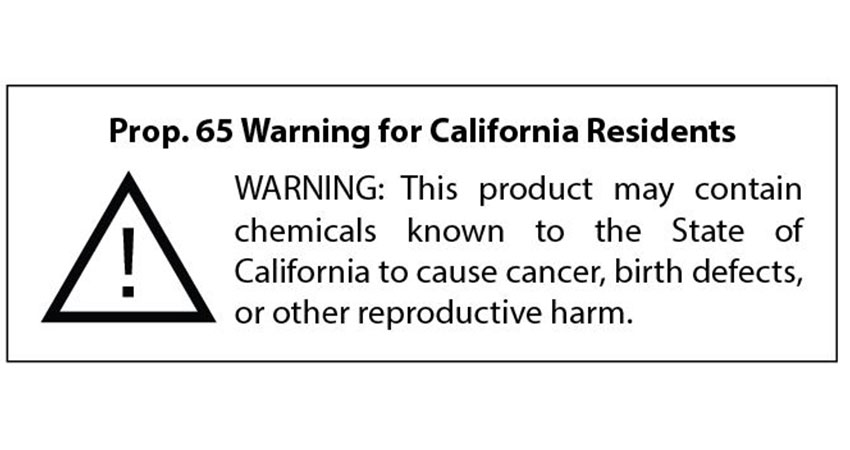On Aug. 30, radical new amendments to California’s Proposition 65 will go into effect. They will require catalog and product labeling – print and online – to specifically identify any chemical element in a product which is a known carcinogen or can be toxic to reproductive health, including common ingredients like caffeine.
Before now, many merchants had adopted the practice of simply slapping a Prop 65 warning label on every product, even if its contents didn’t trigger warning requirements. This proactive move, they felt, kept them safe from bounty hunting class action lawyers and avoided steep penalties for non-compliance. With these amended regulations, all this is going to change.
This blog should not be construed in any way as legal opinion. We’re simply addressing what we believe merchants should address to evaluate and implement these changes regarding website and catalog content.
To give readers a more complete understanding of the Prop 65 amendments, here is a recent column on navigating the impacts of the pending changes from David Bertoni and Daniel Nuzzi, partners in the law firm of Brann & Isaacson, which represents hundreds of ecommerce merchants. We have summarized a few sections to illustrate the onerous nature of Prop 65’s amendments:
Introduction: “California’s current Prop 65 product safety warnings, once eye-catching and nerve-wracking, have become so ubiquitous that many would contend they have lost their intended effect. Many businesses, facing steep penalties for non-compliance, appear to have adopted the practice of slapping a Prop 65 warning label on every product.”
New labeling requirements: “Under the new regulation, safe harbor warnings must identify at least one chemical that prompted the warning for each endpoint (carcinogenic or reproductive toxicity). To qualify for the Prop 65 safe harbor, warning labels must feature: a triangular yellow warning symbol; the signal word “WARNING;” “can expose” instead of the old “consists of” language; varying type-size requirements; and the internet address for OEHHA’s Prop 65 warnings website.”
Brann & Isaacson provides sample safe-harbor warnings examples in their column. They can be on the product page directly, on the product page by hyperlink or by another means that occurs before or during purchase. They also discuss pop-ups based on ZIP codes of shipping addresses, and the unreliability of IP addresses as an indicator for non-California businesses.
The new regulation provides less guidance for catalog sellers. This is especially problematic because substantial catalog space, which comes at a premium, could be lost. The amended regulation simply states that a warning must be “provided in the catalog in a manner that clearly associates it with the item being purchased.” Similar to online sales, a catalog may feature either a standard or short-form warning but may only use the short-form warning if that’s what the product itself also features.
The updated regulation does not indicate if a warning must be placed on every page where a product appears or if it’s required where no price is advertised. These issues will likely be sorted out as case law develops. A business may cease providing catalogs to California residents to limit Prop 65 warning obligations. In our opinion this could decrease sales between 8%-10% in most direct-to-consumer businesses.
If a website is English only, an online Prop 65 warning would only be needed in English, although the on-product warning may feature multiple languages.
In our opinion, businesses use many different selling channels and media such as master catalogs, email promotions and product brochures. We’re addressed just a few of the key provisions in the Prop 65 amendments. Legal guidance should be sought to understand if all media and channels are impacted by the compliance changes.
Brian Barry is President of F. Curtis Barry & Company

